Consonant Blends and digraphs are something almost every lower elementary teacher teaches or reviews. Yet there is still SO many misconceptions about what is a blend and what is a digraph. I think it is about time we cleared it up because even some of my curriculum resources I use are getting it wrong.
Are consonant blends and digraphs the same thing?
No. They are different even though they are used in similar ways. They do have a key difference.
Blends and digraphs are not equal.
What is the key difference?
It has to do with how many sounds they have.
A blend is two or three letters and has two-three sounds each letter pretty much keeps their own sound.
A digraph is takes two letters that have their own sounds and when combined they make one new sound.
What are consonant blends?
Consonant blends are when two or three consonants come together. However, you can still hear both of their sounds. Consonants blends are two letters and make two sounds. They can also be three letters with three sounds.
What are consonant digraphs?
Consonant digraphs are when two consonants come together. However when they come together there is a brand new sound. You cannot isolate out either consonant’s sound because they are working together to make a new sound. When three consonants come together and make one sound we call it a trigraph.
Common Consonant Blends
Most consonant blends are considered an l blend, r blend or s blend as other consonants join with either of these letters to make a blend. Some of these blends are used only at the beginning of words and some are used at the beginning and end.
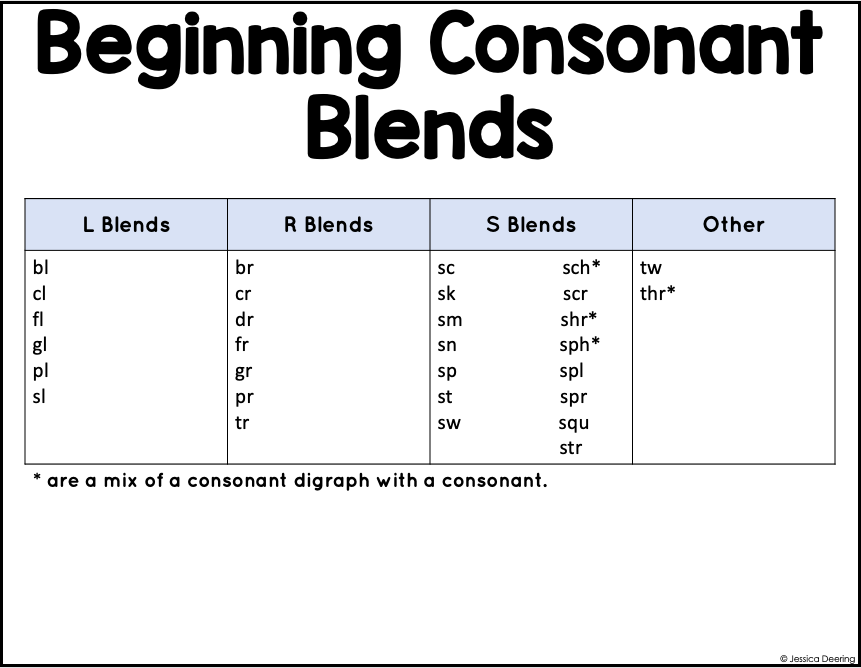
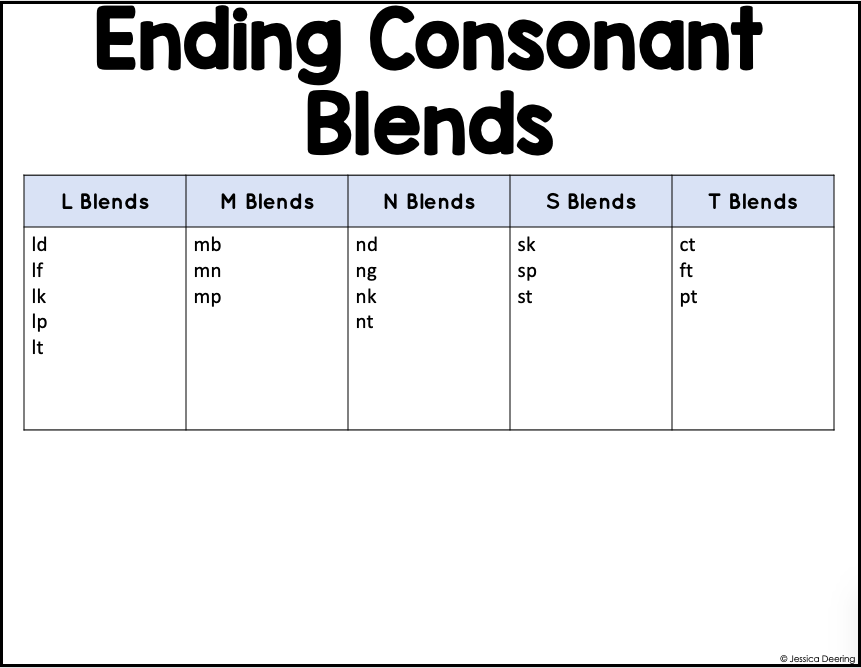
Common Consonant Digraphs
Most consonant digraphs have an h and another consonant. Some refer to these as the h brothers.

When do you teach blends?
Blends are usually taught after CVC words as it is a way to lengthen words without having to teach new sounds. Usually it works by focusing on beginning blends and moves to ending blends.
When do you teach digraphs?
Digraphs are usually taught after blends as there are many words that have digraphs and short vowels. Since students have had practice with CCVC and CVCC words digraphs fit into that pattern, but this time mean new sounds need to be learned.
What about NG, CK, NK?
There is a lot of confusion about what these combinations are. I understand why some teach them as digraphs and other don’t. NG and NK make a very blended sound as it is hard to isolate the N sound from G or K. They do fit best as a consonant blend.
Oh and CK. Most say this is a digraph as it does make one sound, but it is not a new sound. It is just the normal sound of K. C doesn’t have it’s own sound. It either borrows K’s sound or S’s sound and here it is being silent because we don’t say /kk/.
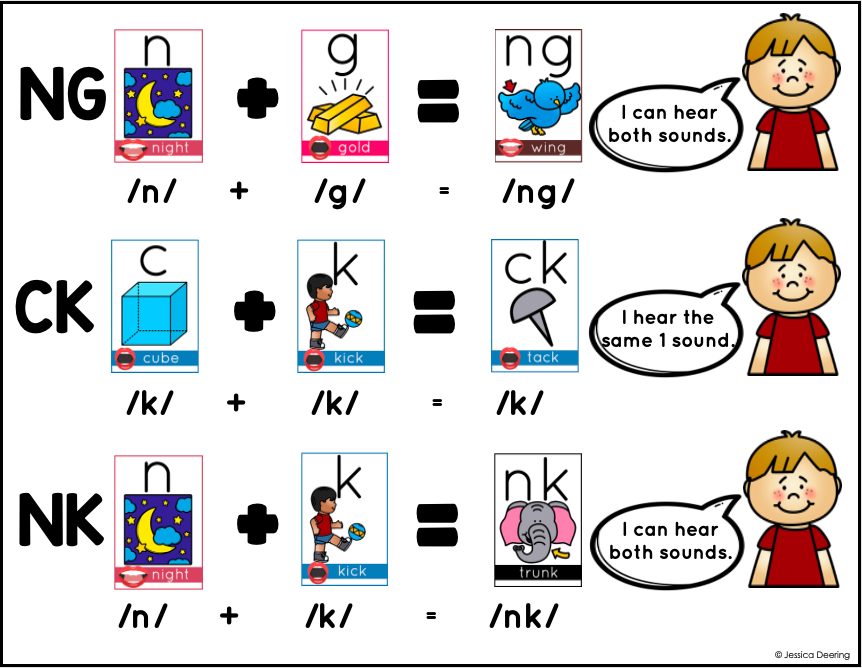
Aren’t WR, KN and GN digraphs?
Even though they do follow the key idea that two consonants are together and make one sound they aren’t true digraphs because they are just making the second letters sound. These are actually considered silent letter combinations which if you dig into history of our language these letters are still there even though we don’t pronounce them anymore.
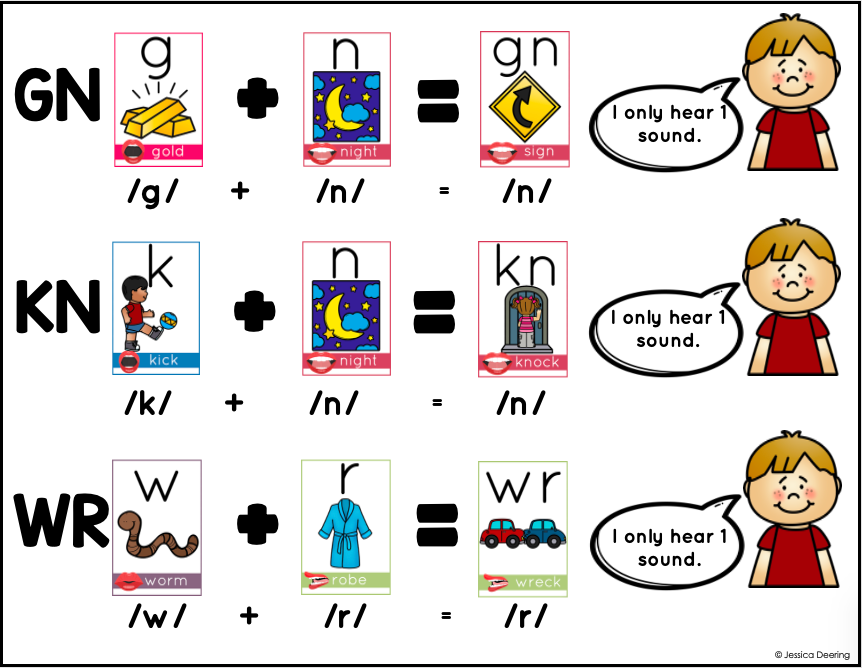
How to Differentiate Between Them?
There will probably always be some confusion about which consonant combinations are really a blend or a digraph, but if you remember the key difference between the two is:
A blend is two or three letters and has two-three sounds
A digraph is two letters and has one new sound.
That is the most important thing to know in teaching them as you can help students focus on decoding and encoding these sounds.
Consonant Blends and Digraph Posters
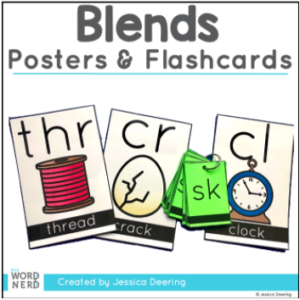
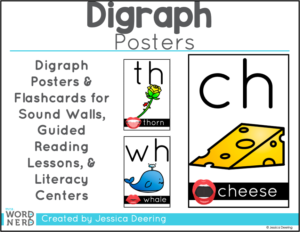
To help remember the key differences between consonant blends and digraphs you can download these posters to put in your classroom. You can also check out my set of Consonant Blends posters here or here.

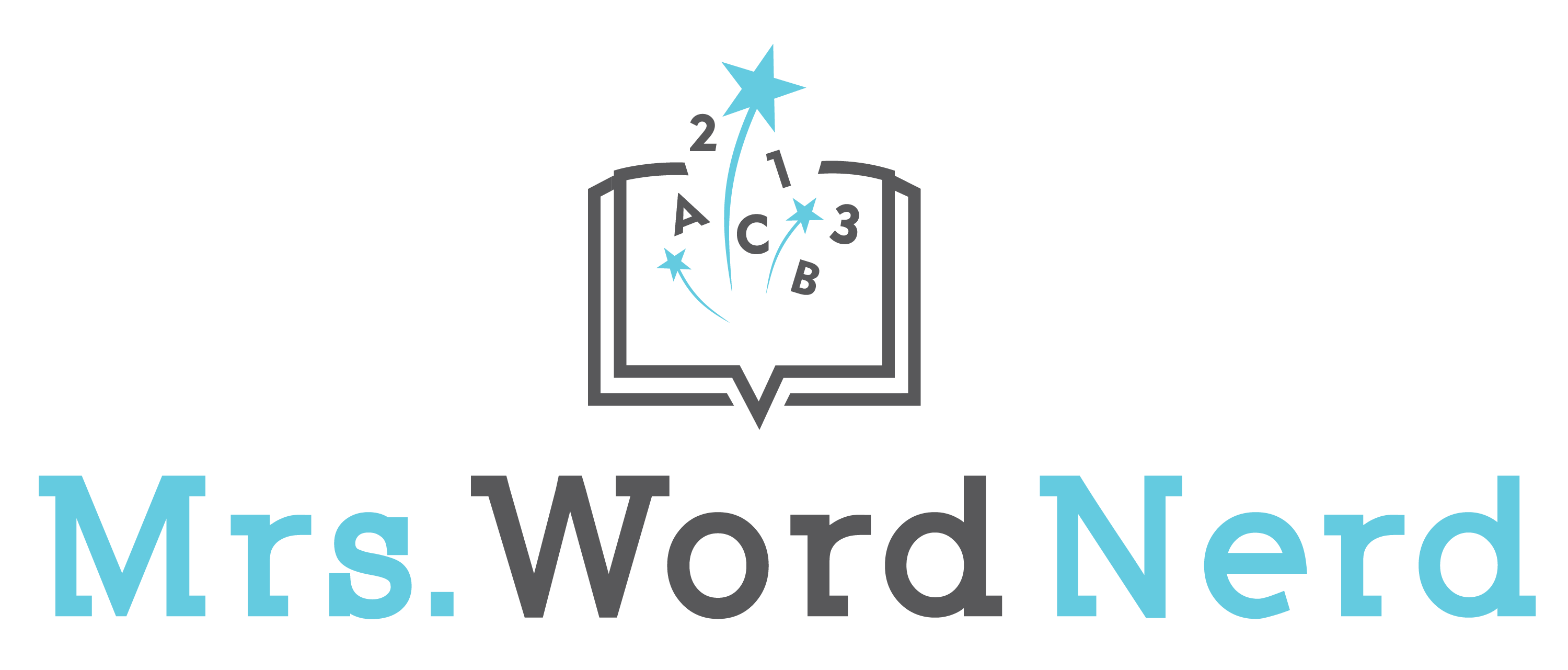
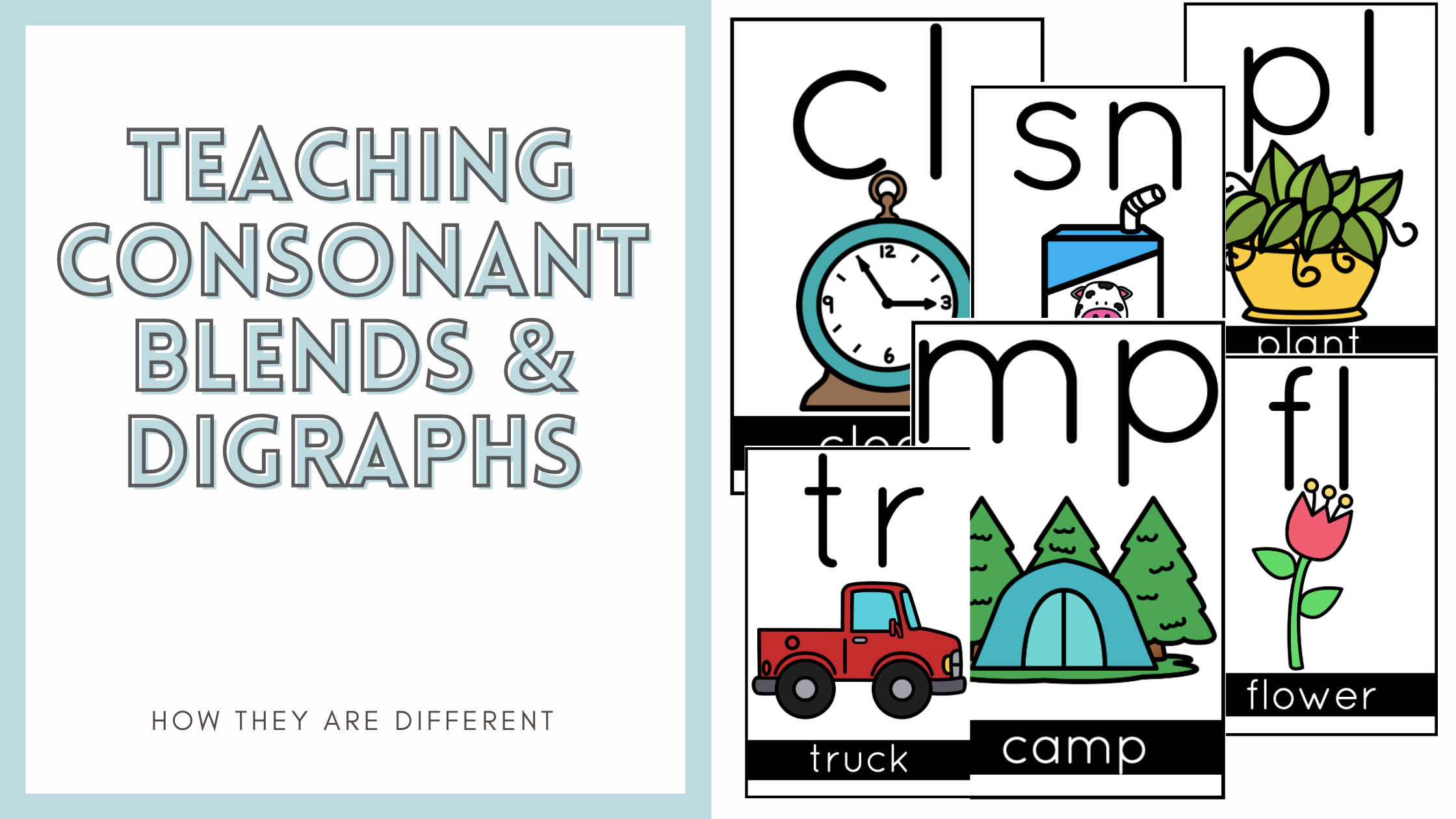
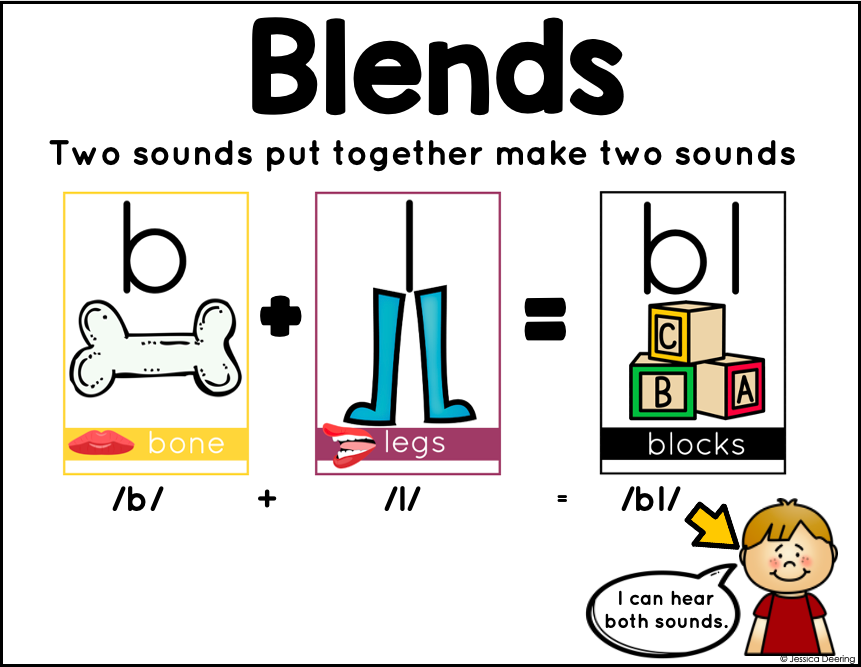
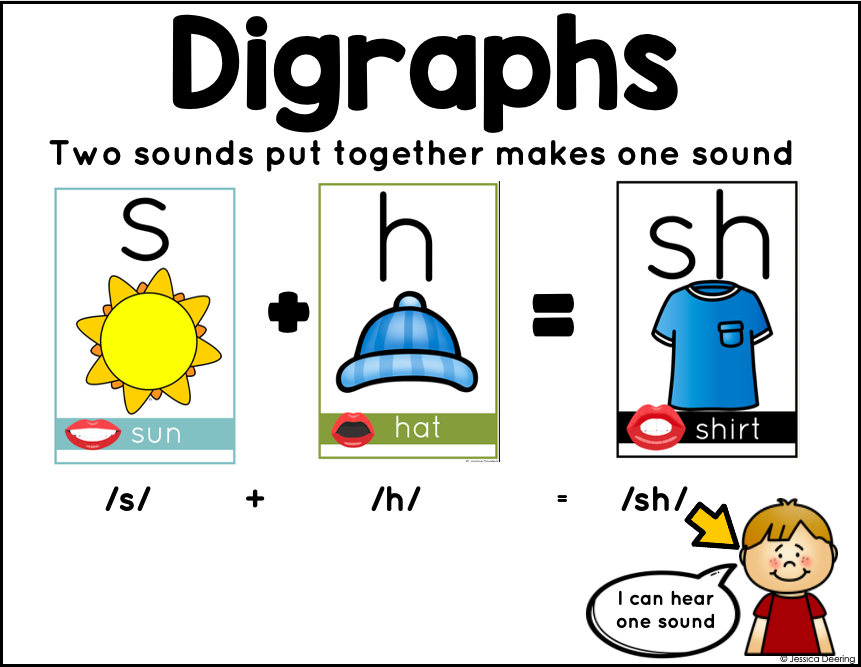


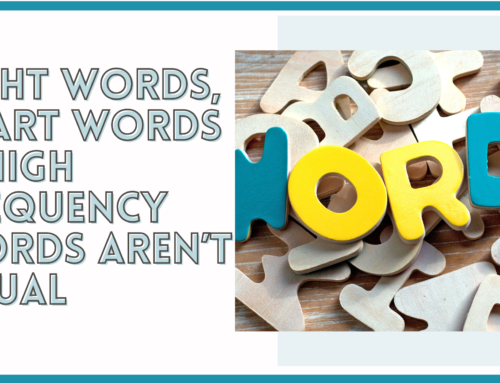
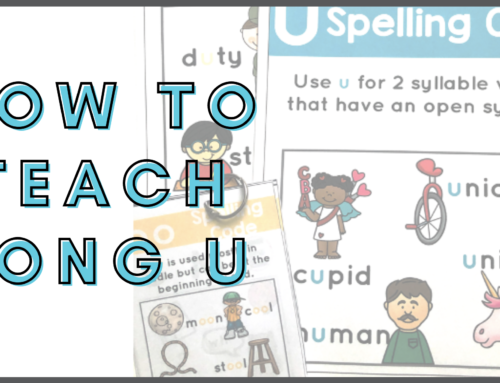
Leave A Comment